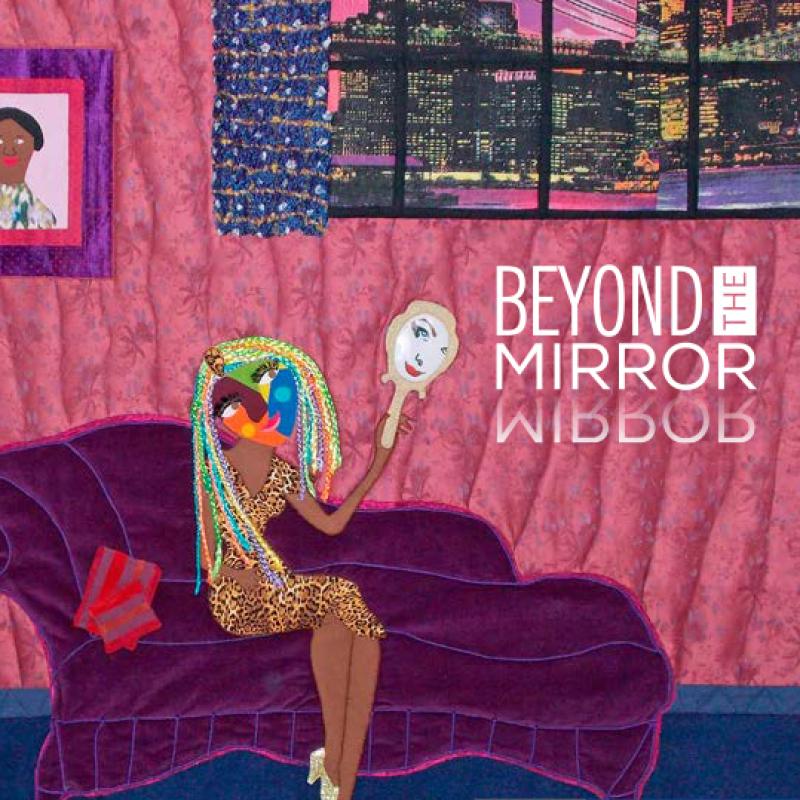Viewing the submissions for Beyond the Mirror filled me with both awe and joy; we have so many wonderfully creative souls among us. Selecting the artwork for this exhibition proved to be a task not for the fainthearted. All the artists demonstrated a high degree of imagination and technical skill. I based my selections on how closely the artists adhered to the original entry call—that is, how well they went beyond the superficial and delved deeper into the more complicated and ambivalent thoughts and feelings that lie beneath societal roles or activities.
For example, being a parent undoubtedly represents one of the most important “jobs” a person can undertake. Much pleasure accompanies that role, but also many other feelings:; positive and negative, heavy and light. I looked for the expression of those more ambivalent feelings in the works that depicted aspects of parenthood.
In fact, I searched for the presence of ambivalent feelings associated with all the societal roles the artists alluded to. In other words, for every happy moment in our lives, there is often a moment of self-doubt, and a question about how to be a good and valuable person.
Going beyond the mirror means, to me, reckoning with our flaws, worries, and pain. It means recognizing and confronting the fact that even in good times, life is hard, and grief is normal. To do so is to become a fully realized person capable of compassion for oneself and others. When we accept our own imperfections and love ourselves anyway, we are more able to accept the flaws of everyone around us, to feel empathy, and a profound sense of understanding and connection.
It is worth mentioning that I endeavored to suspend my own preferences when selecting work for Beyond the Mirror. Having noted this, taste played an inevitable role. No evaluation of art can be entirely objective. Another juror would have made different choices. All the artists who submitted their work should be proud of their accomplishment. I congratulate everyone who had the courage to enter this call.
About the Juror:
Andra F. Stanton, a retired psychotherapist, writes about fiber art and fabric manipulation in Boulder, Colorado. Her books explore fiber art and other art forms, especially art quilting, surface design, mixed media, and dimension composition.
Currently working on her next publication, Art of Connection: How Art Heals, Stanton’s richly illustrated book addresses the various issues of making and viewing art, and its effect on an individual’s physical and mental health.
Stanton, whose own artwork is based on her psychological responses to physical challenges, believes the best way to find comfort is by contributing to the story of humanity through friendship, altruism, curiosity, and creativity, and celebrating those whose art lifts us all.

